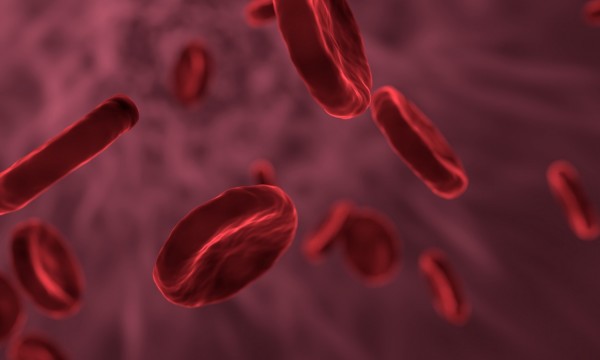Gene Editing Treatment Demonstrates a Promising Result for Sickle Cell Disease
Getting treated in the 21st century demonstrates various promising results and a higher rate of recovery. With the advancement of medical practices, medications have become possible for some untreatable diseases in the early times. One of the greatest examples is cancer, which causes a lot of mortality when there is not much medication available.
ALSO READ: Sickle Cell Disease Complicated With EOD Significantly Raised Healthcare Costs
Now, some of the diseases can be treated using various technologies. One of them is the CRISPR technique that allows the modification or editing of genes for treatment. Using this technique, scientists are also seeing promising results that involve gene editing as a treatment for painful, inherited blood disorders that are evident throughout the world.
According to Medical Xpress, the doctors hope that the one-time treatment that includes the permanent alteration of DNA present in blood cells using CRISPR will help treat sickle cell diseases and beta-thalassemia. Rutland Herald also said that doctors pronounced ten patients who are at least seven months detached from their treatment, do not need regular blood transfusions, and are free from pain crises that haunted them all their lives. Voice of America said in their release that partial results of their study were presented at the American Society of Hematology conference.
What is Sickle Cell Disease?

Center for Disease Control and Prevention (CDC) defined sickle cell disease as a group of inherited red blood cell disorders. They added that healthy red blood cells are circular and plump with oxygen. When sickle cell diseases are taken into account, some of these patients' red blood cells become sticky and c-shaped like a sickle. CDC furthers that sickles cells die early, which stimulates a continuous shortage of red blood cells; when they travel to smaller blood vessels, they get stuck and clog the blood flow, which makes it dangerous.
READ ALSO: 39-Year-Old Man's Blood Turned 'Milk-Colored': Here are the Reasons
Medline Plus reported that sickle cell disease symptoms include a low number of red blood cells or anemia, periodic episodes of pain, and repeated infections. They added that these symptoms could occur or appear during early childhood. Medline Plus also stated that the severity of the symptoms varies from the patients.
How does the process work?
Voice of America also stated that adult hemoglobin is the one that is defective in people who have sickle cell diseases. Dr. Frangoul said in the release that using the CRISPR, they are turning the switch back on to make the cells think they are in the uterus to make fetal hemoglobin.
According to Rutland Herald, the researchers noted that the process involves removing stem cells from the patient's blood then using the CRISPR technology to knock out the switching gene. The researchers also stress that patients are given to eradicate the other flawed blood-producing cells. In a statement published in Voice of America, Sarah Cannon Research Institute's Haydar Frangoul stated that the gene editing is working as desired without having side effects.
In an interview, Medical Xpress noted that Victoria Gray, the first patient in the sickle cell study, has already stopped herself from getting pain medications in managing her symptoms. She added in the interview that she hopes that everyone who undergoes the study has the same results.
READ NEXT: Metastatic Cancer in Animal Model, Effectively Destroyed by CRISPR Technique
Check out more news and information on Sickle Cell Disease on MD News Daily.
Dec 06, 2020 12:00 PM EST





